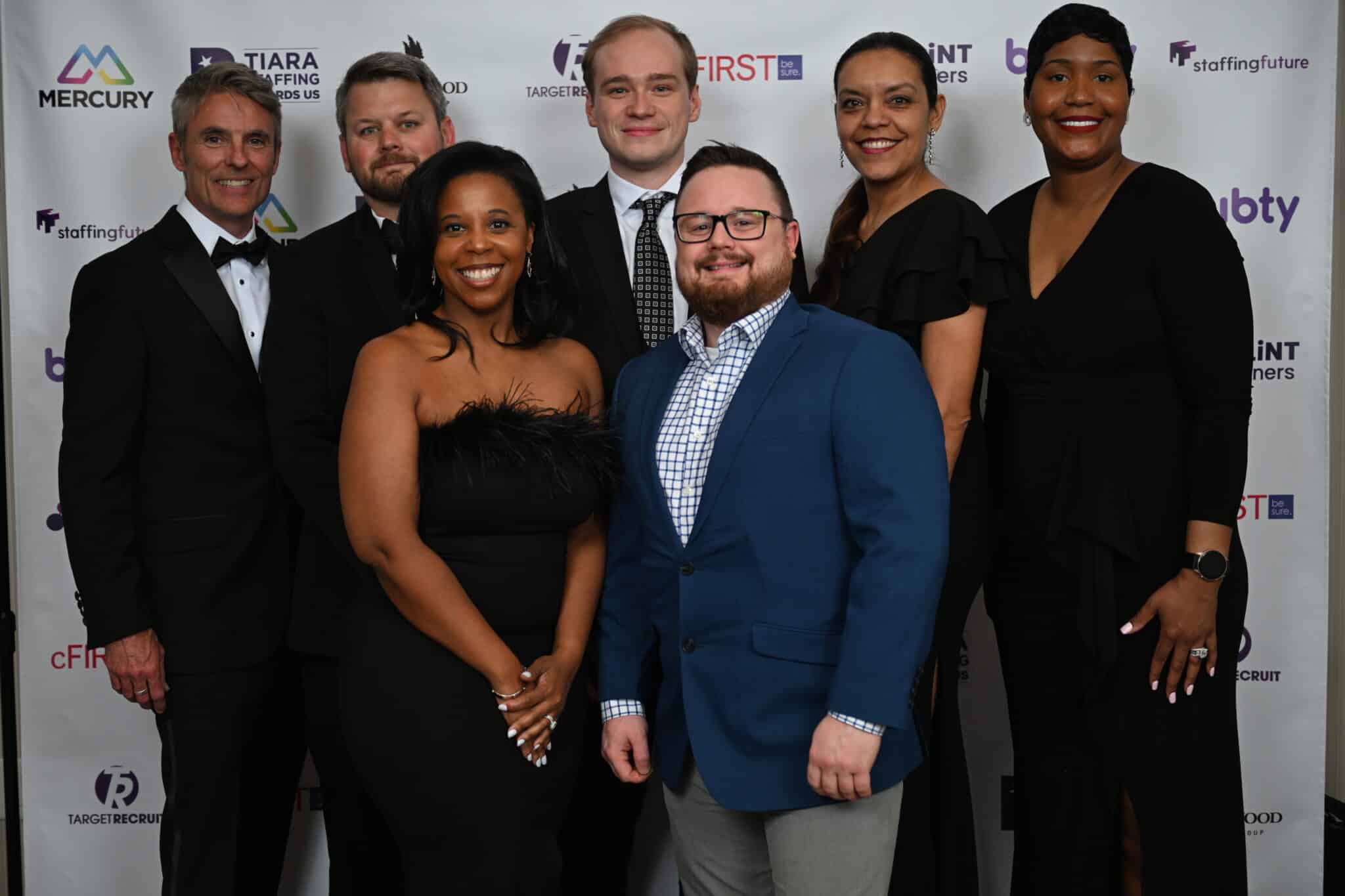How can businesses improve inclusivity?
A recent audit of the FTSE100 found that neurodiversity and disability are the areas of diversity most likely to be ignored when it comes to recruitment and employee support. The audit, conducted by Agility in Mind, looked at initiatives announced by FTSE100 companies over the last five years concerning age, disability, gender, mental health, neurodiversity, LGBTQ+, and race.
The audit found that despite 99% of FTSE100 companies having an inclusive mission statement, only 37% have a substantial disability initiative, and only 4% offer a neurodiversity initiative.
In partnership with research house, Censuswide, Agility in Mind then surveyed 250 UK business leaders to explore the disparity between support for diverse groups. The survey found that only 16% of business leaders describe their neurodiversity initiatives as ‘highly effective’, compared to 26% in both race and gender.
Although 15% – 20% of the global population is thought to be neurodivergent, with conditions such as ADHD, autism, dyslexia, dyspraxia, or Tourette syndrome, only 21.7% of autistic people are currently working – making them the least likely to be employed of any disabled group.
Agility in Mind’s ‘Inclusive Growth’ playbook offers a six-step framework for managers struggling to implement this type of organisational change:
- Remember, your organisation is unique, so simply copying other organisations may not achieve the results you want to see
- Start with inclusivity in mind by bringing diverse views into the team managing change
- Set out the characteristics of the organisation you want and share a clear vision for the future
- Take small steps that are aligned with your vision to achieve real change
- Iterate, ensuring you learn at each step, and share the lessons across the organisation
- Make change visible to all, so everyone knows the progress you’re making.
Michelle Meakin, Business Services Director at Agility in Mind, commented: “We’ve seen progress over the last few years with organisations of all sizes embracing change management processes to become more diverse. Core to this shift is in making sure that companies can build a culture of inclusion, making work accessible to everyone, which is able to scale as they grow.”
“However, where change is harder to track- such as with invisible disabilities or neurodiversity – businesses are still lagging. As the war for talent continues, organisations that are able to tackle this widespread issue are likely to see the most diverse – and productive – teams and reap the clear benefits of building an inclusive business. This is where the agile approach to change management comes to the fore; incremental change, a strong vision of inclusion and how to get there, and an openness to adapting the route are key ingredients to meaningful and lasting progress.”
Toby Mildon, Diversity and Inclusion Architect, said: “The disparity between commitment to nuances of diversity has been an ongoing issue. That only 4% of the FTSE100 offer initiatives to support neurodiverse employees, in comparison to the 47% that offer an LGBTQ+ empowerment initiative or are accredited by a national association for LGBTQ+ rights, is telling of how much work there is still to be done.”











